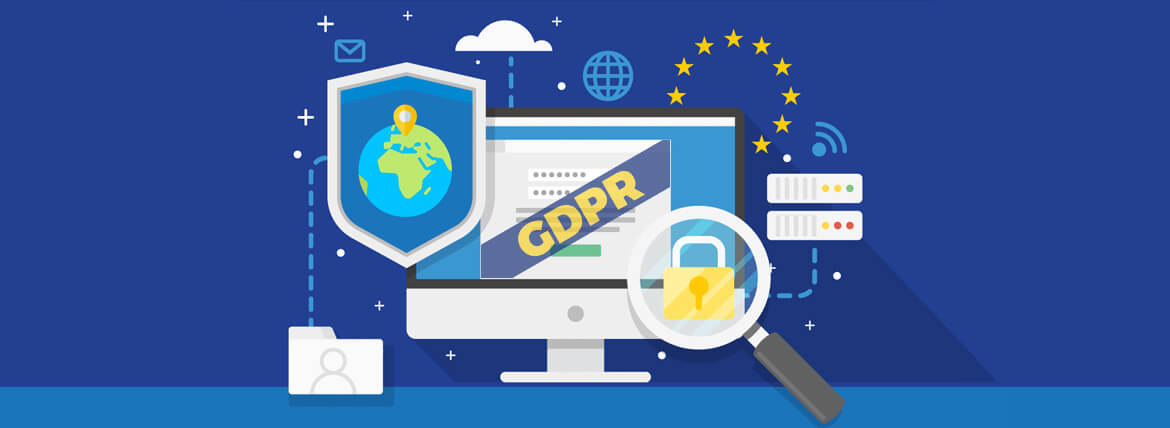The new European regulation on the processing and handling of personal data, known as the General Data Protection Regulation (or GDPR), enters into effect on May 25, 2018. That means marketers have just a few short weeks left to prepare for all of the new restrictions brought on by this law.
One of the biggest changes enacted by the new law is the concept of consent. Previously, many marketers could use questionable tactics to get the contact information of potential customers without real consent, including:
- Purchased/scraped lists: Buying or scraping contact information from the internet for people who have never heard from your business and sending them unsolicited emails.
- Opt-out: Automatically subscribing users to your emails when they give you their contact information for any reason (e.g. for a purchase). This places the burden to opt-out on the contact, rather than giving them the choice to opt-in.
- Passive opt-in: Giving contacts the “choice” to opt-in, but having the box already pre-checked. This system requires the subscriber to uncheck the box if they don’t want to receive emails from you.
According to the GDPR, these tactics are no longer allowed if you have any customers who reside in the European Union. Instead, consent must be clearly given in the form of a positive action (usually this means checking a box). That means marketers are going to have to find new ways to grow their lists.
But, before you start panicking like it’s the end of the world, consider the benefits that the GDPR brings. The new requirements actually present marketers the opportunity to build stronger relationships with their subscribers and customers.
While the tactics I mentioned above might yield a higher number of contacts in your email list, that’s not always the best thing for your business. Many contacts who receive emails after being subscribed through one of those methods eventually — or immediately — unsubscribe because they weren’t actually interested in receiving your emails.
By acquiring positive consent in accordance with the GDPR, you can be sure that they’re interested in what you have to offer. This leads to more quality contacts and better engagement rates in your emails.
Hopefully, you’re now convinced that following the GDPR guidelines on consent is in the best interest of your business. Now the question is, how do you actually acquire proper consent from your contacts at the time of signup?
Here is an infographic from SendinBlue showing you the dos and don’t of creating a GDPR-compliant list growth strategy:



Kevin George
Latest posts by Kevin George (see all)
Email Marketing Lessons from Marvel’s Infinity Stones: Email Marketers Assemble!
6 Ways to Warm Up a Cold Email Lead